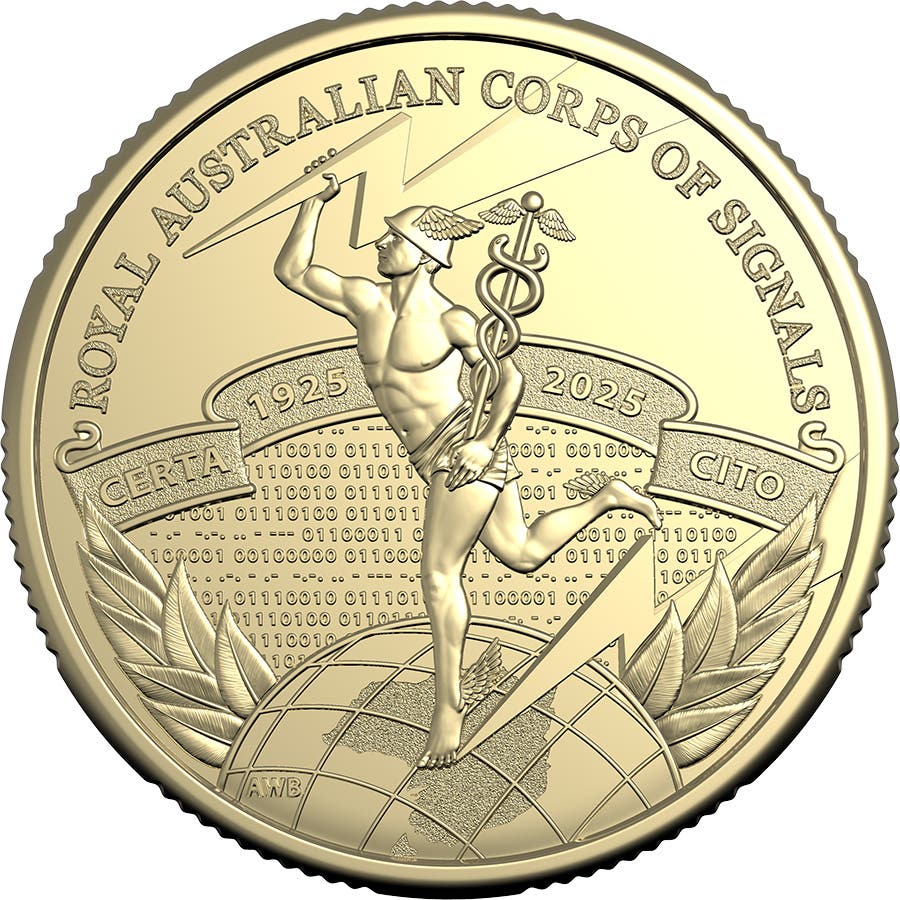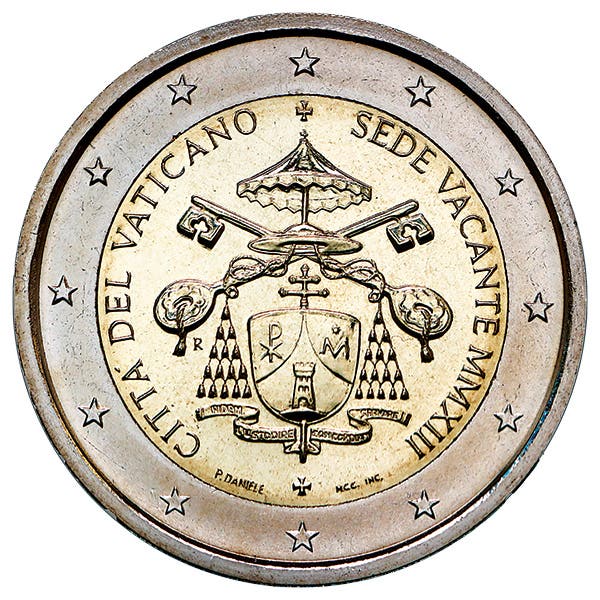What happened to East German coins, currency?
By Richard Giedroyc Germany saw the fall of the Berlin Wall on Nov. 9, 1989. The fall of the wall that symbolized despotism in East Germany quickly led to the…
By Richard Giedroyc
Germany saw the fall of the Berlin Wall on Nov. 9, 1989. The fall of the wall that symbolized despotism in East Germany quickly led to the collapse of its communist government and unification with West Germany on Oct. 3, 1990.
Political unification also meant the end of East Germany’s currency system. Coins and bank notes were to be converted to what had been West German marks by July 1, 1990, after which the eastern money was officially demonetized. The merger of the currencies was a necessary step in preparation of the unification of the two nations.
The story of the conversion of the East German currency is well documented, but what is seldom addressed is what happened to its now obsolete coins and bank notes. The Nov. 3 issue of the German newspaper Deutsche Welle sheds some light on this through KfW Banking Group’s historical archives director Lysann Goldbach. It was KfW that was given the responsibility of rebuilding East Germany’s economy following East Germany’s unification with West Germany.
Goldbach was referring to the aluminum composition coins of East Germany when she said, “Look here, these aluminum ‘chips’ were sold to the automotive industry, melted down and recycled. Automobile parts were probably made from old East German coins.
“Of course not everything was handed in, and now the coins are worthless. Here, on the last possible day to exchange money, representatives from industrial combines and state enterprises queued in the banking hall to convert their last remaining stocks of East German money.” (The “here” to which Goldbach referred is the KfW headquarters building near Gendarmenmarkt in Berlin.)
Goldbach acknowledged some East German coins are in the KfW archives, but indicated it is likely others are still hoarded by individuals.
East German bank notes are another story. During 1991 what was left of East Germany’s former paper currency was buried in two sandstone caves near Halberstadt in Saxony-Anhalt, where it was anticipated due to the hostile environment the notes would decay. The notes became the property of KfW in 1994 following KfW’s merger with the successor of Staatsbank, East Germany’s former central bank.
Some time after this some of the obsolete East German notes began appearing in collector markets, where coin dealers were paying up to 15 euros per note for the 200- and 500-mark East German notes that had never been issued. Staatbank had these two denominations printed during the 1980s, however since 500 marks represented a typical worker’s salary for a month it was decided it would be inappropriate if such a high denomination was issued in what communist propaganda insisted was a “worker’s paradise.”
According to Deutsche Welle, the un-issued East German bank notes were being stolen from the caves in which they were stored. KfW moved the notes and had them destroyed in March 2002, however some of the 200- and 500-mark notes continued to appear in collector markets after this time.
A group of these notes described in the Deutsche Welle article as a “batch of millions” is now in the KfW archive, as well as printing plates for the 5-mark note.
This article was originally printed in World Coin News.
>> Subscribe today or get your >> Digital Subscription
More Coin Collecting Resources:
• Kick-start your coin collection with the Fundamentals of Coin Collecting set of essential resources and tools.
• Strike it rich with this U.S. coins value pack.
• Build an impressive collection with Coin Collecting 101.








